Fundamental resarch
Polymers are spaghetti-like molecules that can take a variety of forms depending on the external and
internal situation. One good example may be a polymer crystal. A crystal possesses a folded and
ordered arrangement of molecular chains. By heating, cooling, tensile-stretching, dissolving in liquid,
and various other experimental processing, the initially same polymer can be transformed into various
different crystals with different properties. The research field can provide an in-depth insight into
the physical behavior of polymers through the mechanical analyses of polymer materials.
|
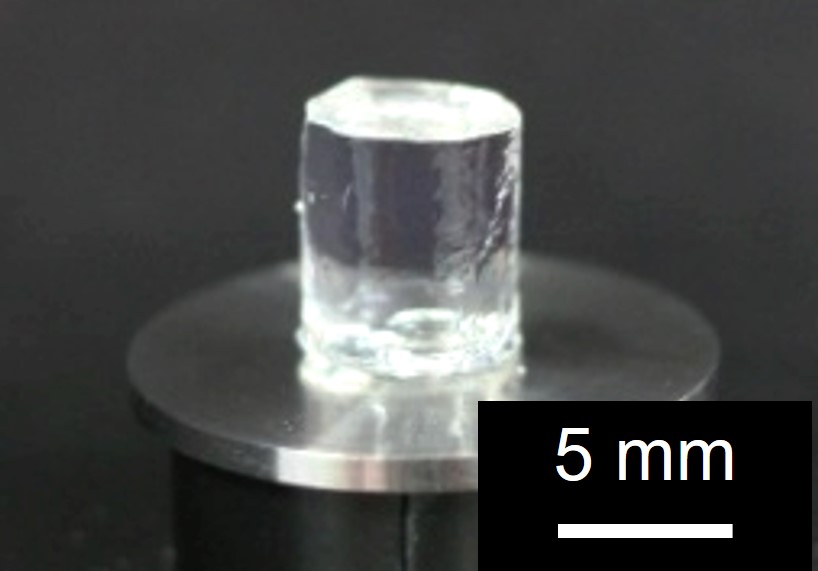
|
Gels |
A polymer gel possesses unusual jelly-like properties,
sometimes behaving like a solid material even though more
than 90% of its volume is made of liquid. Because of the
brittleness, most conventional polymer gels may not be
suitable for practical use. In our laboratory, we have
succeeded in producing tough gels with high rubber elasticity
by careafully controlling the temperature during gel
processing.
|
|
|
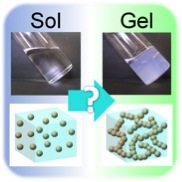
|
Nanoparticles |
|
When you shake special water with nanoparticles which looks
like water, or heat it up, or even add special liquid, the water
turns into a strange jelly-like liquid! Solutions containing
"nanoparticles" may exhibit such mysterious properties.
Actually,under certain conditions, the nanoparticles dispersed
in the liquid can form a network structure that could transform
the liquid into a jelly-like state called gel or gelation.
Hotta Lab. members are working on analyzing the relationship
between the molecular structure and the physical properties
of such inorganic nanoparticles, including polymeric micelles.
Through such investigations, we are actively attempting to
develop materials for medical and industrial applications.
|
|
Functional polymers
|
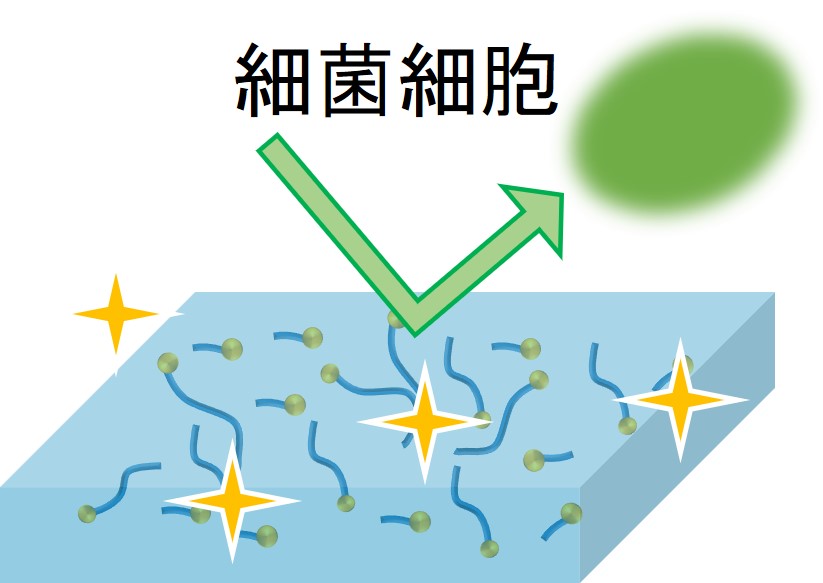
|
Antimicrobial polymers |
|
Antibacterial materials are substances that inhibit bacterial
growth, supporting a healthier lifestyle. Among these,
antibacterial polymers used in our daily life, for example, train
handrails and smartphone screens, play a crucial role in
preventing the spread of infectious diseases. At the Hotta Lab,
we aim to achieve long-lasting antibacterial properties by
developing methods to incorporate these properties into
polymers.
|
|
|
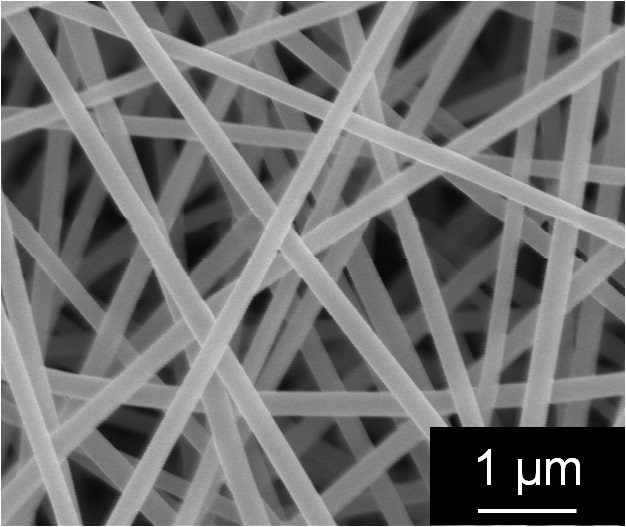
|
Nanofibers |
|
Using a technique called electrospinning, we can create ultra-fine
polymer fibers (nanofibers) with diameters in the nanometer
range. Our lab is particularly focused on producing nanofibers
from super engineering plastics, which are polymers with
exceptional strength and heat resistance. Compared to
conventional polymer films, nanofibers have a larger surface area
and increased strength, making them suitable for applications
such as filters that absorb specific particles.
They are also gaining attention as reinforcing agents when
combined with other materials. The production of nanofibers
from super engineering plastics has the potential to contribute
to the advancement of high-performance mechanical materials
and polymer chemistry.
|
|
|
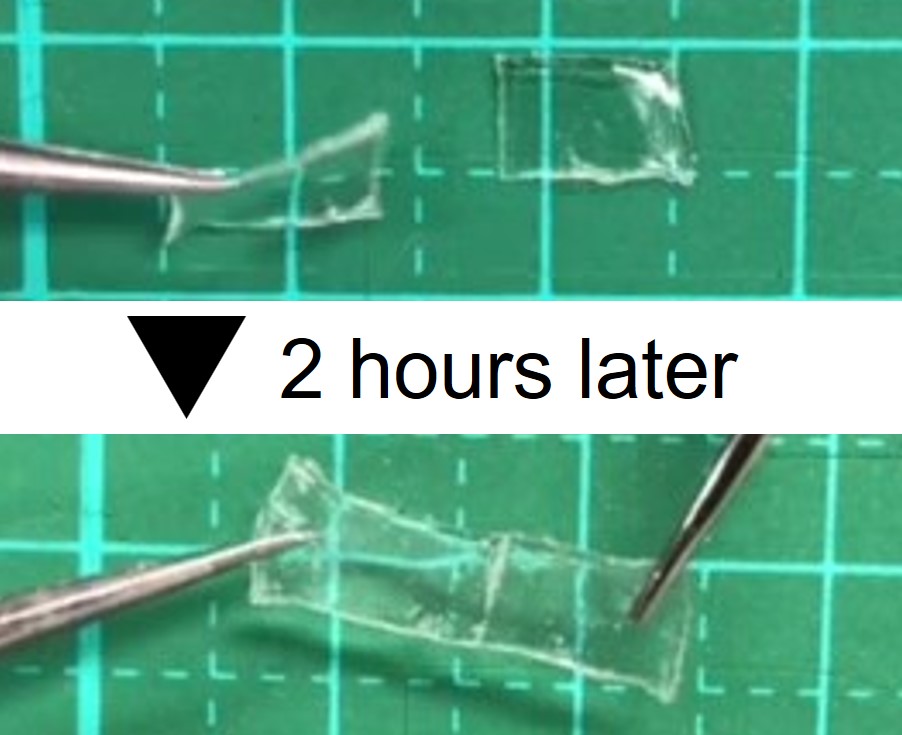
|
Self-healing materials |
|
What would happen if cracks appeared in materials used on e.g.
a space station? Naturally, repairing those materials would
require a trip to space, which is, as you know, costly and risky.
Self-healing materials, however, can reduce the costs and the
risks. As the name suggests, self-healing materials have the
remarkable ability to repair themselves when damaged. However,
this is not magic; it is a scientific material that leverages
physical forces. Our lab is developing such materials for use in
e.g. space environments. Additionally, because self-healing
materials can contribute to the longer lifespan of products, we
expect that they could also lead to promote the creation of a
circular economy.
|
|
Eco materials
|
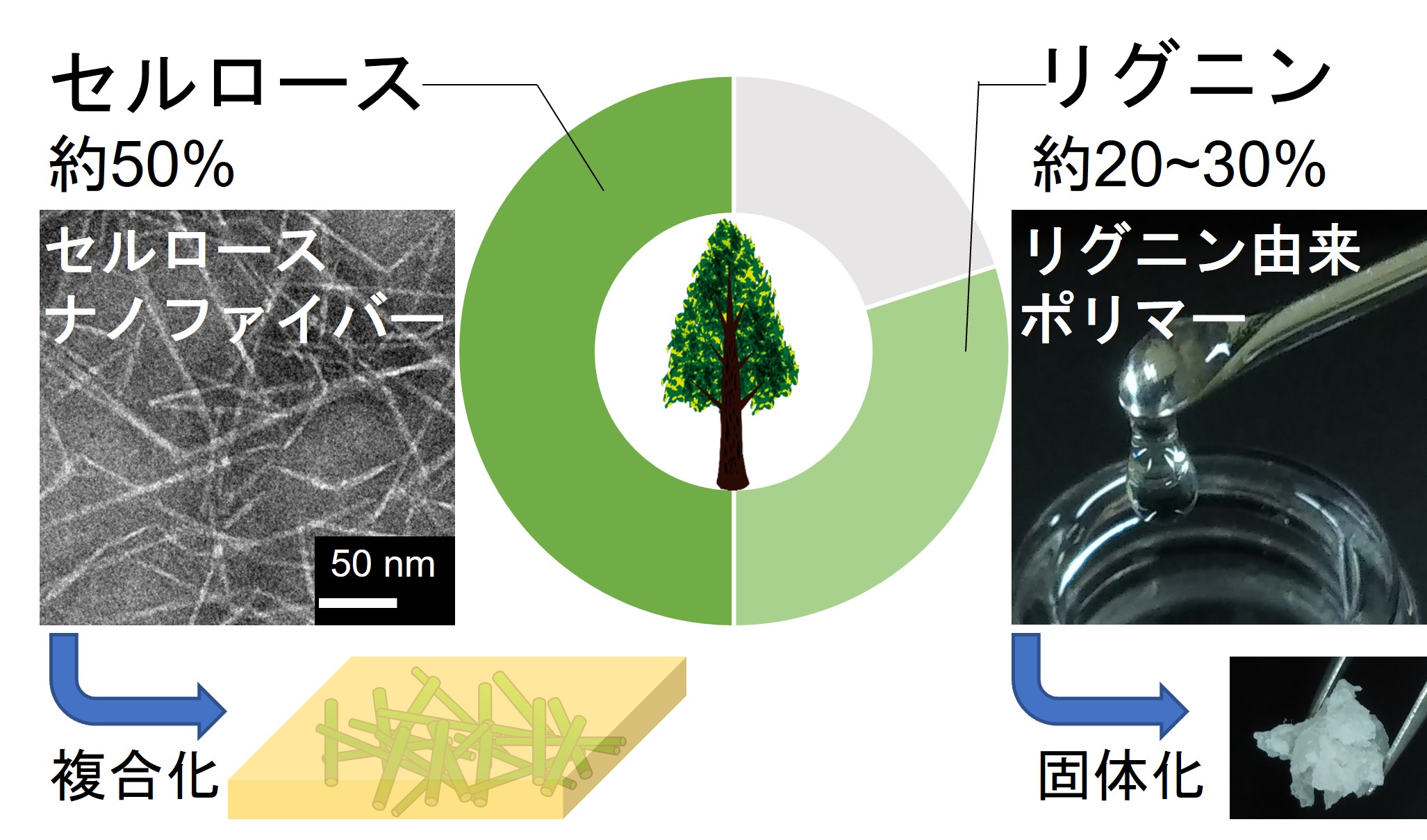
|
Biomass plastics |
|
Natural resources are gaining attention as raw materials for
plastics that can replace petroleum. Currently, many plastic
materials are petroleum-based, but natural resources, which are
produced by carbon dioxide from the atmosphere, are considered
carbon-neutral since they may not cause CO2-level increase even
when they are burned. Hotta Lab focuses on cellulose and lignin,
the two major components of wood. Incorporating cellulose fibers
into polymers can significantly increase their strength, while
lignin, though traditionally challenging to apply due to its
complex structures, is now being converted into polymer
precursors. We are also developing rubber materials from
substances synthesized from lignin.
|
|
|

|
Biodegradable plastic materials |
|
Biodegradable plastics, unlike conventional plastics, decompose
in the environment through microbial activity, leaving no waste
behind. As a result, they are attracting attention as
environmentally friendly materials. Hotta Lab is proposing
material recycling using biodegradable plastics. However, since
the degradation rate of biodegradable plastics is generally
constant and hard to control, their applications are currently
limited. Our lab is working on controlling the degradation rate,
aiming to expand their use in various fields.
|
|
Medical devices
In the Hotta Lab's medical team, we collaborate with practicing doctors to integrate medical needs into
our research. We apply our polymer coating and processing technologies to meet the demands of
medical instruments, making this a highly rewarding research effort that explores engineering
solutions based on an understanding of the human metabolic system.
|
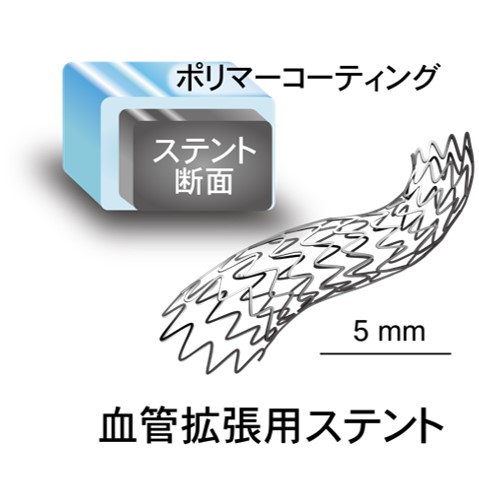
|
Stents for vascular stenosis |
|
Vascular narrowing due to lifestyle diseases like diabetes can
lead to ischemic conditions. Vascular stents and vasodilator
stents are used to address this risk. However, current metallic
stents can sometimes trigger foreign-body reactions, causing
new thrombosis. Our lab is working on antithrombogenic polymer
coatings for metal stents to reduce such reactions and enhance
biocompatibility. Also, by filling these polymers with drugs,
we aim to provide pharmacological treatment alongside the stent
placement, ensuring long-term blood flow safety.
|
|
|
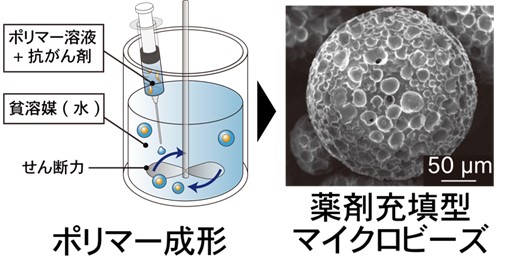
|
Polymer beads |
|
Instead of directly delivering drugs into blood vessels, polymer
beads filled with drugs offer a more efficient drug delivery
system, known as a drug-delivery system. Hotta Lab members
create uniform-sized microbeads using polymer molding
techniques. We also research ways to improve their dispersibility,
drug-loading capabilities, and ability to target cancer cells,
aiming to minimize side effects when administered to the body.
|
|
|
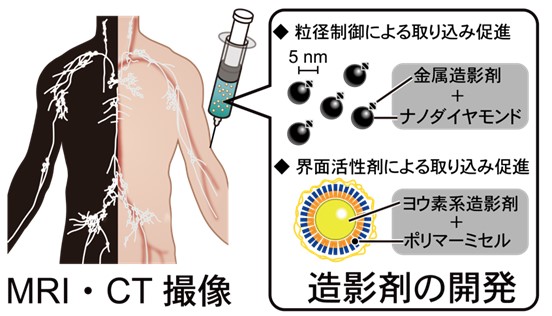
|
Contrast agents |
|
Contrast agents are substances introduced into the body during
CT or MRI scans to highlight specific tissues. Being able to
visualize certain tissues can help prevent many diseases,
particularly in the lymphatic system, which plays a crucial role in
metabolism. However, because lymphatic vessels are thin and
transparent, they cannot be injected directly like blood vessels.
The Hotta Lab is working on indirect lymphatic system imaging
by introducing contrast agents through subcutaneous injections.
We use particle-size control and surfactants to enhance the
absorption of the agents into the lymphatic system.
|
|










